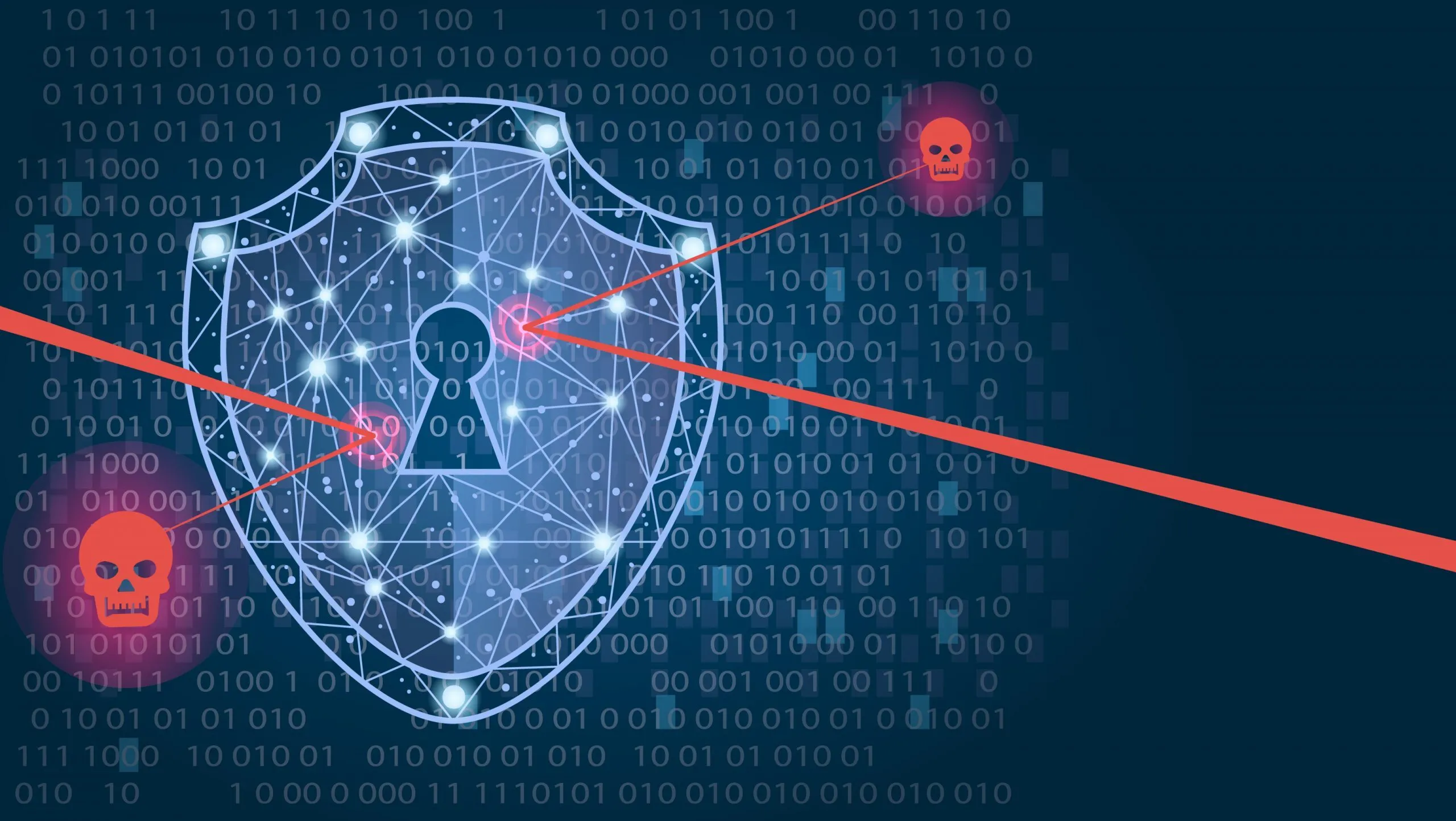The Cybersecurity POV on Social Media: Protecting Platforms and Users in a Digital World
Let’s look at the cybersecurity side of social media—a topic that’s become increasingly important as these platforms play a bigger role in our personal and professional lives. From data breaches to scams, social media has become a hotbed for cyber threats. But here’s the question: Can cybersecurity, and even AI, help protect both users and platforms from evolving threats? Let’s take a look.
Think Social Media is Safe? Think Again—Cybersecurity Risks Are Everywhere
We all love scrolling through social media, but behind the fun lies a world of cybersecurity risks. Let’s break down how these platforms are being targeted and what can be done to protect them.
The Dark Side of Social Media: Common Cybersecurity Concerns
While social media connects billions of people around the world, it’s also a playground for cybercriminals. Let’s explore the major risks associated with these platforms:
- Phishing Scams
- Social media is a prime space for phishing attacks. Scammers create fake profiles or impersonate brands and users to steal sensitive information like login credentials or financial details. A simple click on a suspicious link can expose you to malware or ransomware.
- Data Breaches
- Social media platforms are vast treasure troves of personal information. When these platforms get hacked, as we’ve seen with Facebook and LinkedIn in recent years, user data like email addresses, phone numbers, and even private messages can be leaked or sold on the dark web.
- Social Engineering Attacks
- Social media is ripe for social engineering—a technique where attackers manipulate people into revealing confidential information. Scammers often gather personal details from public profiles to impersonate users or build trust with unsuspecting victims.
Scams and Breaches Are Just the Beginning
The threats aren’t limited to phishing scams or data breaches. The personal information we share on social media can easily be exploited for more sophisticated cyberattacks.
The Responsibility of Social Media Platforms
Recently, the owner of Telegram faced scrutiny as users on his platform engaged in scams, particularly around fraud and cryptocurrency. This raises a critical issue: Are social media platforms responsible for the behavior of their users? While platforms like Telegram provide tools for connection, they are also facing increasing pressure to monitor malicious activity.
Artificial intelligence holds a lot of promise in the fight against cybercrime, particularly on social media.
Here’s how AI is helping and where it might lead:
- Detecting Suspicious Activity
- AI can monitor user behavior and detect patterns that suggest suspicious activity, such as accounts repeatedly sending phishing links or engaging in unusual login patterns. By recognizing these anomalies, AI can flag or suspend malicious accounts before they cause harm.
- Content Moderation
- AI can help filter harmful content, including scams, inappropriate posts, and even misinformation. While no system is perfect, automated moderation tools powered by AI can significantly reduce the amount of harmful content that slips through the cracks.
- Preventing Fake Accounts
- AI can assist in detecting and preventing the creation of fake accounts—one of the main tools used by scammers to deceive users. By analyzing patterns such as email domains, behavior, and sign-up methods, AI can help identify fake profiles early.
Can AI Become the Guard Dog of Social Media?
AI is already making strides in content moderation and threat detection, but will it ever be able to fully secure social media platforms? We’re not there yet, but it’s a step in the right direction.
Protecting Yourself on Social Media
While platforms work to enhance security, it’s essential that users take their own precautions. Here are a few quick tips to protect yourself:
- Use Strong, Unique Passwords: Use a different password for every account, and change them regularly.
- Enable Two-Factor Authentication (2FA): Adding an extra layer of security helps protect your account, even if someone steals your login credentials.
- Limit Personal Information: The less personal information you share publicly, the less scammers can use against you in social engineering attacks.
- Verify Sources: Don’t click on suspicious links, even if they come from people you trust—always double-check the URL or sender.
Your Best Defense Is Awareness
The best way to protect yourself from social media scams is by staying informed and being cautious about what you share and where you click.
DS Tech is making strides for our clients. We actually have a new addition to our tech stack that can help protect your reputation online.

